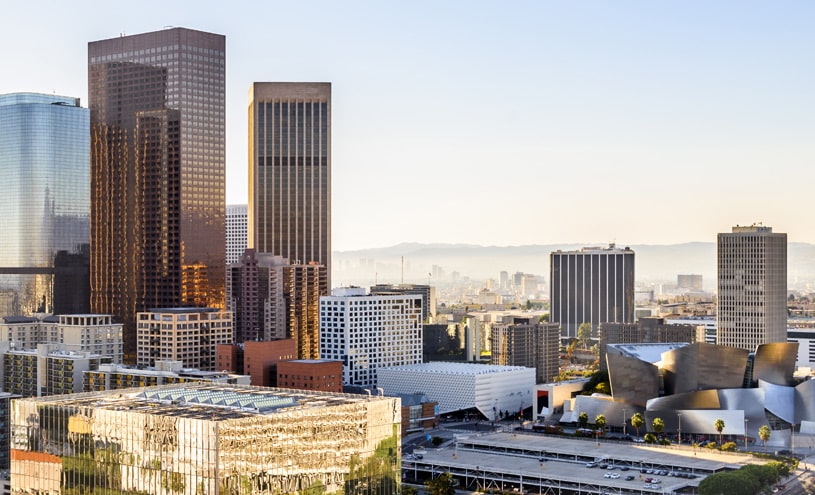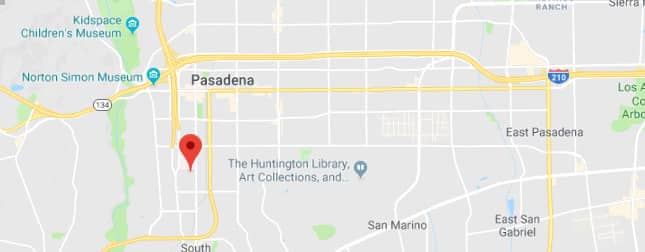 An orofacial cleft refers to a condition where an infant is born with an opening in the lip and/or palate (mouth). Cleft lip is a commonly occurring congenital disability.
An orofacial cleft refers to a condition where an infant is born with an opening in the lip and/or palate (mouth). Cleft lip is a commonly occurring congenital disability.
Most children with a cleft lift can undergo cosmetic surgery to repair this condition within the initial one or two years of their birth.
Successful board certified facial plastic and reconstructive surgeon Dr. Eric Yavrouian provides cleft lip repair to patients in Glendale, Pasadena, Burbank, Greater Los Angeles, Beverly Hills, CA, and other cities and neighborhoods in this area of the country.
How Do Clefts Develop?
In the first six to ten weeks of pregnancy, the tissue and bones of the embryo’s upper jaw, nose, and mouth fuse together to form the roof of the mouth and the upper lip. A cleft develops when portions of the mouth and lip do not fuse appropriately.
Clefts can commonly be characterized in one of the following categories:
- Cleft lip by itself: commonly occurs in boys
- Cleft palate by itself: commonly occurs in girls
- Cleft lip and cleft palate together: occurs more frequently in boys
Cleft Repair Surgery
A baby typically undergoes cleft repair cosmetic surgery in the hospital under general anesthesia when the infant is three to six months of age.
In case the cleft lip is wide, the surgeon will use specialized procedures such as lip adhesion or a molding plate device to reduce the gap between parts of the lip before complete repair. This repair surgery typically creates a small scar on the lip beneath the nose.
There are many surgical techniques to reconstruct a cleft lip. The most widely accepted technique for cleft repair is the Millard rotation advancement (R-A) technique.
This approach involves rotation of the complete philtral dimple (groove in the upper lip) and Cupid’s bow (double curve of the upper lip). The scar will develop along the newly constructed philtral column or central section of the upper lip. The surgeon will adjust this rotation as necessary as the procedure is reasonably versatile.
The Millard technique involves the surgeon placing an incision in the periphery of the cleft side of the philtrum. They will then continue to cut upwards, medially, and to the side.
The surgeon will subsequently place another incision that extends to the top portion of the upper jaw (buccal sulcus). The size of the gap to be bridged determines the length of this incision. The surgeon will free soft tissue with the second incision. This enables them to lift the lip entirely from the bone beneath it.
Moreover, the surgeon should test the dissection to ensure free advancement in the middle. Poor outcomes usually occur due to inadequate dissection.
A procedure called the McComb nasal tip plasty can address nasal deformity. Here, the surgeon elevates the depressed dome of the nose and rim. After that, they free the cartilage on the cleft side from the other side and position it with reshaped nylon sutures.
Advantages of Millard Technique
The benefits of the Millard rotation advancement technique are:
- Versatile and flexible technique
- Allows the construction of a Cupid’s bow that appears normal
- Minimal tissue is discarded
- Discreet suture line
The Millard technique may lead to the potential shortening of the lip in the vertical direction which is also a potential drawback of this approach.
Judicious facial plastic and reconstructive surgeon Dr. Eric Yavrouian receives patients from Glendale, Pasadena, Burbank, Greater Los Angeles, Beverly Hills, CA, and other towns and communities in this region of SoCal for cleft lip repair.
For more information about treatments and procedures by Facial Plastic and Reconstructive Surgeon, Dr. Eric J. Yavrouian, serving patients in and around Glendale, Pasadena, Burbank and the Greater Los Angeles, CA area call 818-241-2150 or click here to contact him for a consultation.






